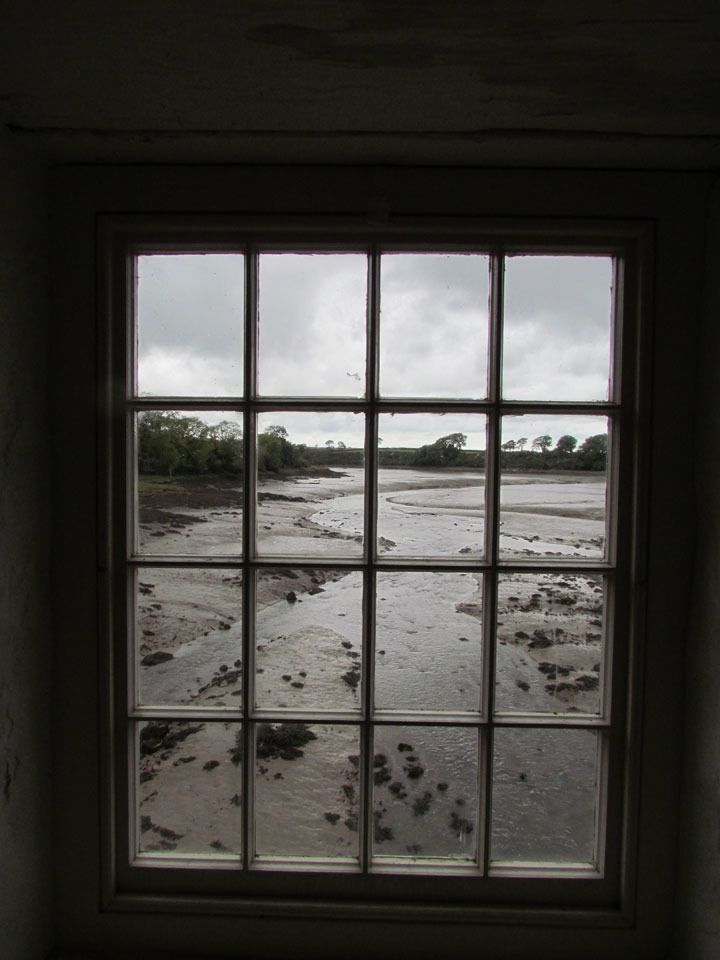 Restored and imposing on a river inlet stands a wonderful tidal mill at Carew, Pembrokeshire. After visiting the centuries old castle, take a short walk along the country lane picking up sticks and skipping if you are 5 years old.
Restored and imposing on a river inlet stands a wonderful tidal mill at Carew, Pembrokeshire. After visiting the centuries old castle, take a short walk along the country lane picking up sticks and skipping if you are 5 years old. By mud flats that are a rich source of food for wading birds such as Redshank, is the mill and its causeway, a grand building that turned Pembrokeshire farmer's grain into flour ready for baking wonderful loaves of bread. Although no longer functioning, the mill is an interactive account of the process, rich in heritage and enough to keep youngsters interested. The noise of the water thundering through the mill is an exciting start and from there each level has a narrative that tells you about the millers and their daily lives.
Attention to detail here is fantastic and a table of crayons and colouring in sheets on every floor is a welcome break for a parent wishing to listen to more of the nitty gritty of mill life and its history. There is much to learn, from Medieval times to how railways in the 19th century brought with it an expanding market and a move to grinding animal feeds and bones to make fertilizer.
A popular element is a device where you can experience releasing water from the mill pond to turn the grindstone - everyone wants a go, cue much furious handle pumping. We loved the window overlooking the mudflats of the River Carew where a book is left to record any wildlife seen and a set of binoculars is left for you to use. A lovely touch.
Upon leaving, the gift shop is a treat - from nature identification cards to compasses and all types of toy bugs, it's a great place to buy some educational materials (good for our home education) and to put few things away for Christmas.
A top class attraction that was a surprise to our already great day at Carew Castle.
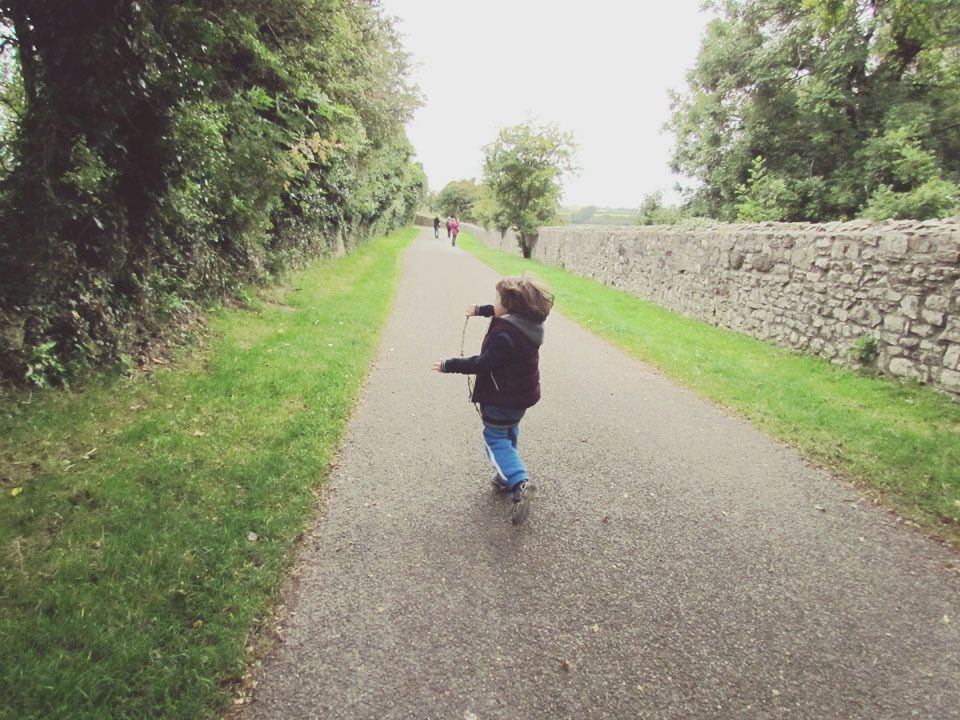
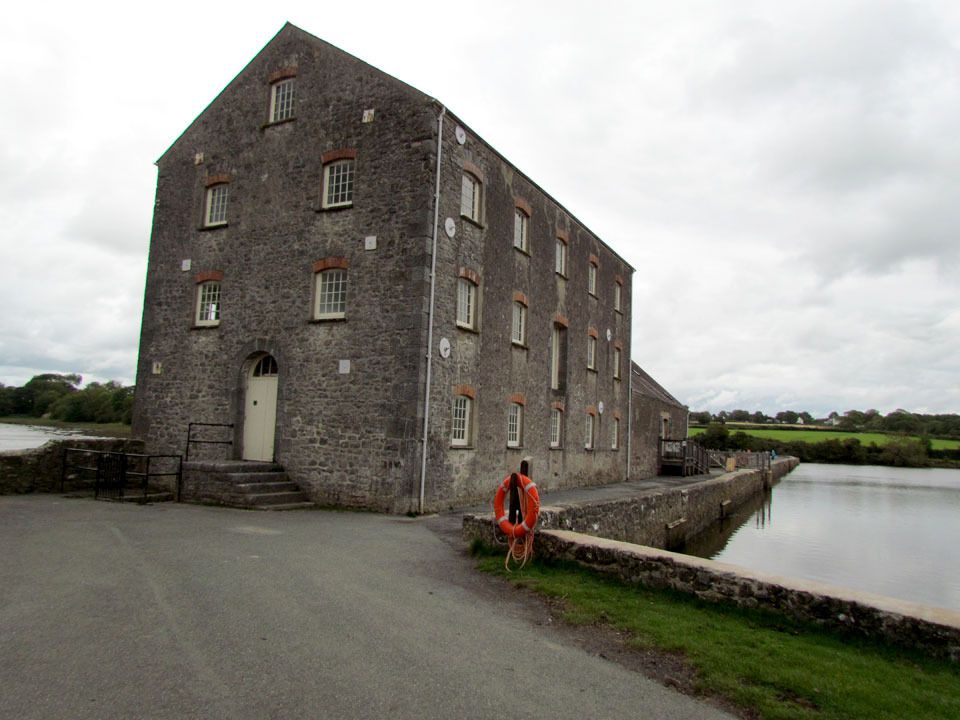
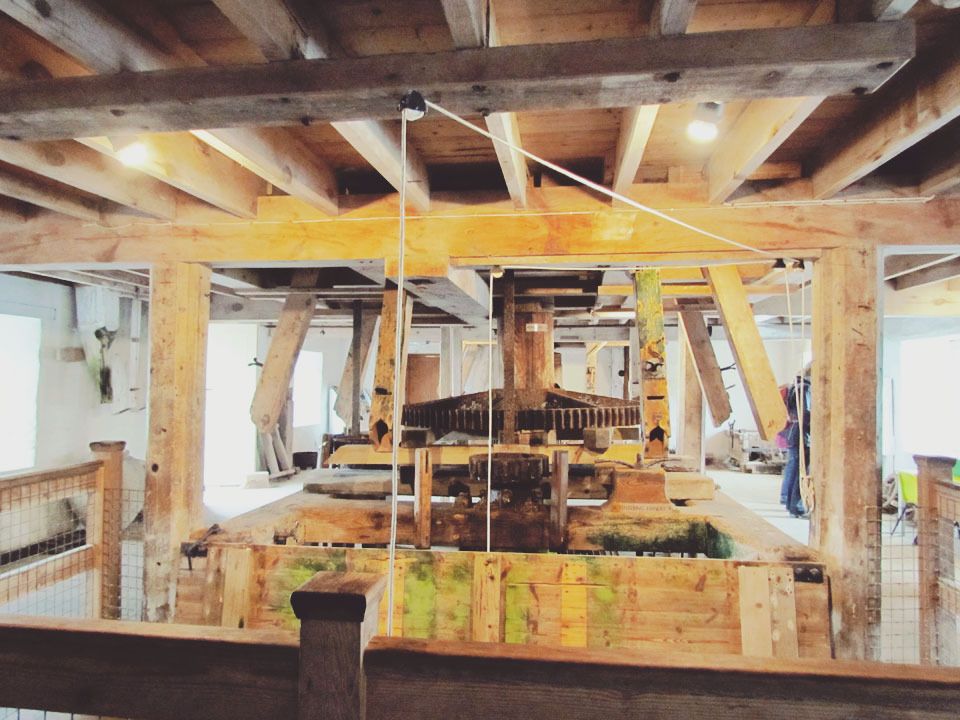
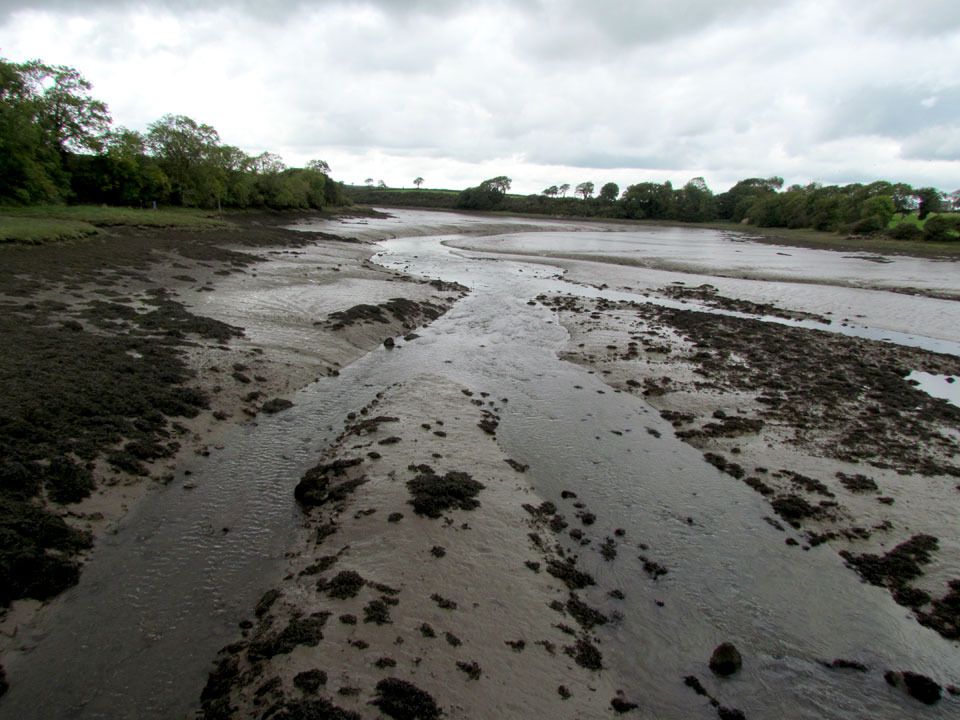
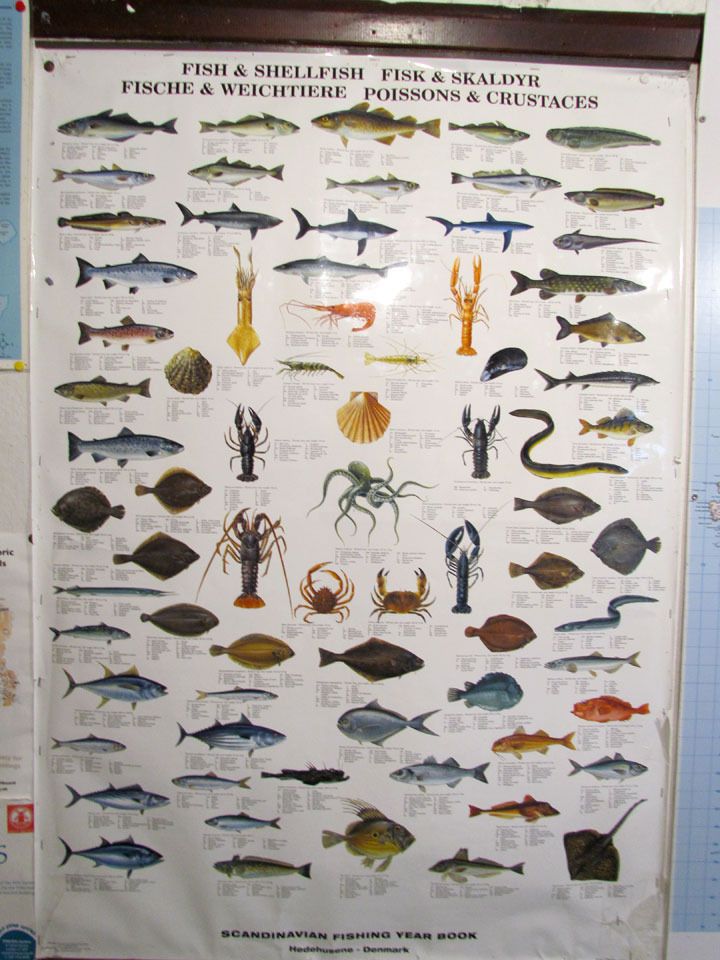
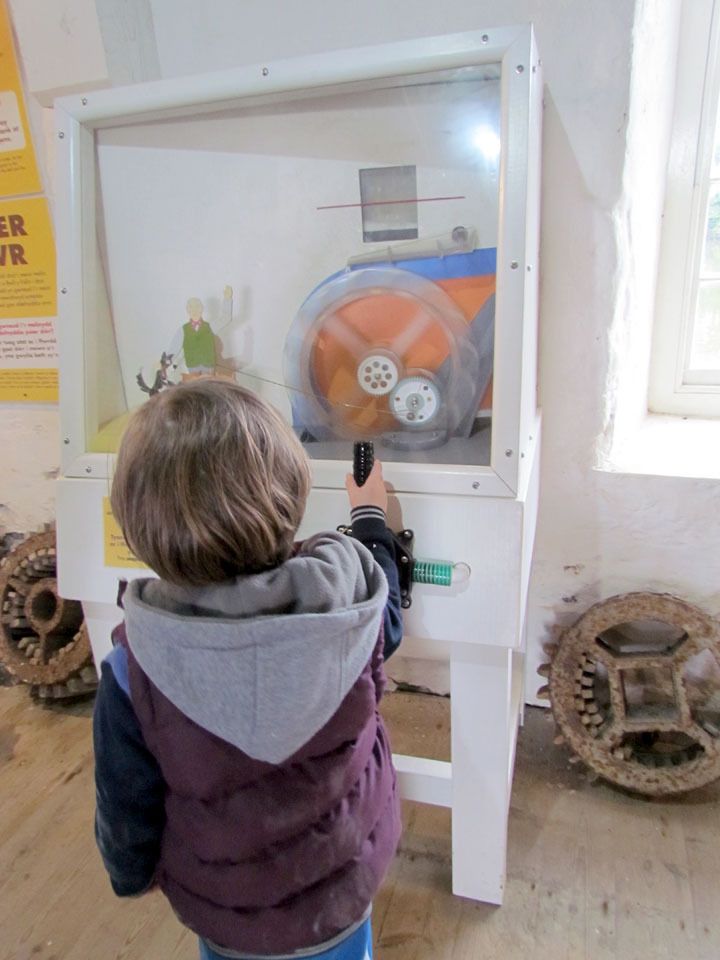
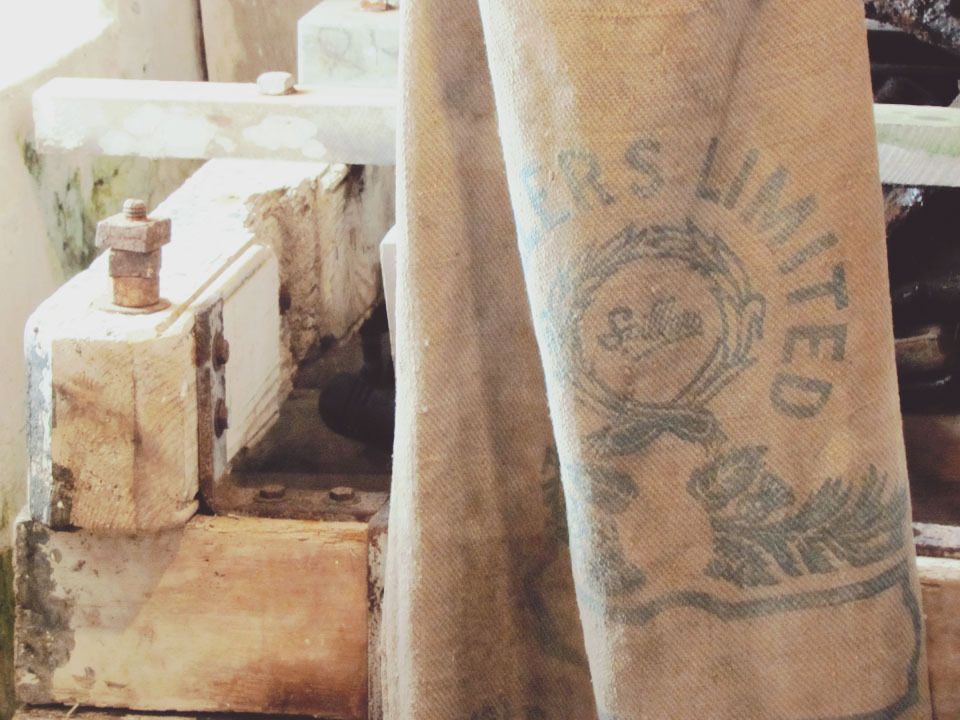
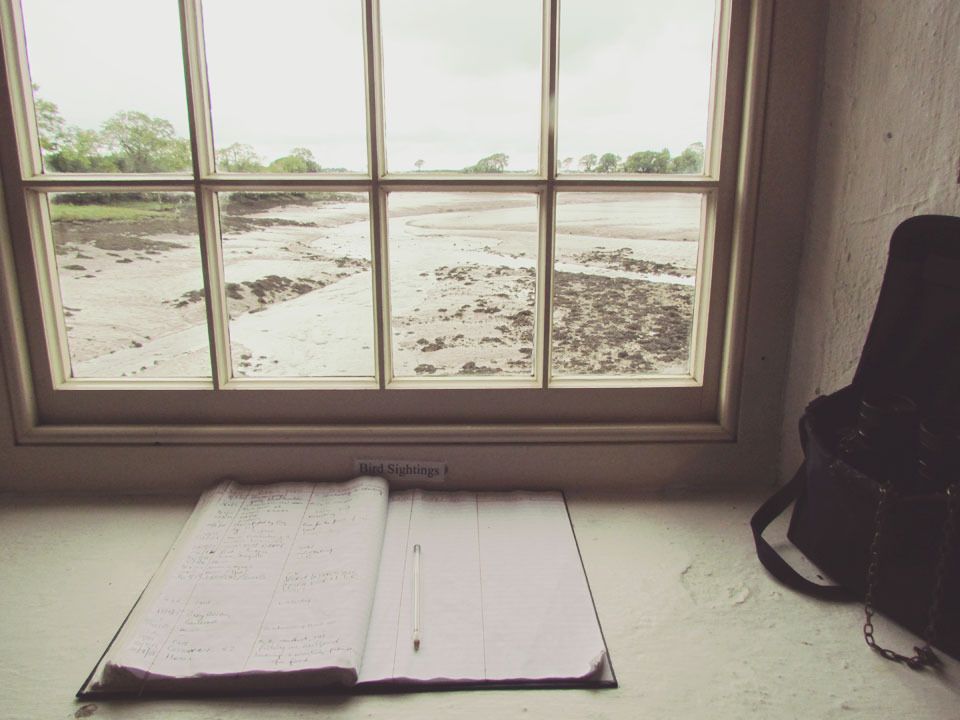



0 comments:
Post a Comment
Share your thoughts xx